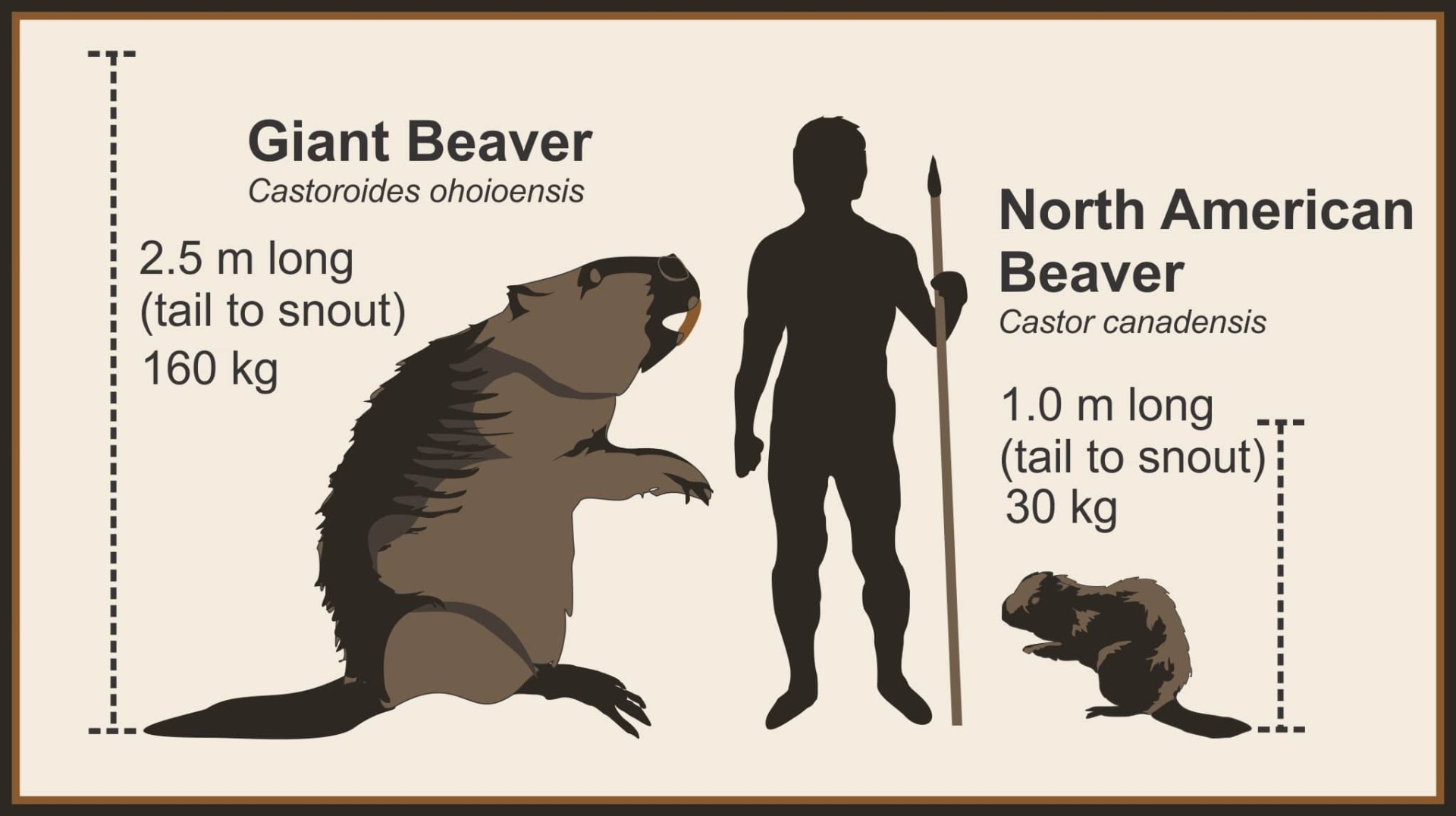These popular topics are heating up. Explore today's most viewed pages.
Hey everyone! International Beaver Day is the perfect time to celebrate these industrious and adorable creatures, so let's get into it!

Beavers are slow on land making them vulnerable to large predators like coyotes and bobcats, so they build dams along creeks and small rivers to create ponds where they can more safely live.
The semiaquatic beaver is an evolutionary marvel well adapted to life in water! Their fur is incredibly dense and made waterproof with oil, produced by oil glands near the base of the tail, that is groomed into their coat. With webbed back feet and a large, wide, flat tail that acts as a propeller and a rudder, beavers are adept swimmers!
They also make use of that unique tail for balance on land—think tripod—and to warn of danger by using it to slap the surface of the water.
Beavers are highly social animals that are monogamous for life.
They raise their young in large, exceptionally stable, and peaceful family groups called colonies consisting of a beaver mom, dad, and their baby and "teenager" kits. One to four kits are born every year, and they stay in the colony for two years helping mom and dad care for younger siblings and with other chores around the house.
Family groups live together year-round in lodges built in ponds or along suitable banks of larger bodies of water with underwater entrances for safety. Young beavers stay with their family until their third year when they will head out on their own to find a mate and a new home.
Revered by Native Americans because of their ecological importance, beavers are master ecosystem engineers! Before the arrival of Europeans, it was the beaver who sculpted the North American landscape.
By damming moving water, beavers slow the speed of water across the land. Slower moving water is less prone to erosion and provides habitat for many species of plants and animals which is why beavers are referred to as a keystone species. Like the keystone or wedge-shaped stone at the top of a masonry arch that holds all the other stones in position, the work of beavers creates habitat that supports a biologically complex and diverse number of other living organisms.
Ponds and wetlands created by the busy beaver also make ecosystems less vulnerable to drought by storing surface water and recharging groundwater. They minimize flood risk and capture pollutants like nitrates, phosphorus, heavy metals, and pesticides. They can even help prevent the movement of wildfires by spreading water out and into nearby vegetation making the area less prone to burn.
Instinctually triggered by the sound of moving water, beavers are wired to build! And build they will—even when their human neighbors don’t approve.
There’s no doubt the work of beavers can damage valuable trees and human-made infrastructure as well as flood cropland, but there are cost-effective measures that can be employed to mitigate these problems.
When implemented correctly, wire mesh on trees, culvert devices, and pond levelers have been shown to be 87% to 97% effective (Ben Goldfarb). While trapping provides an immediate solution, it is only about 16% effective in the long run as new beavers are likely to move into the territory. Because they provide incredibly valuable ecosystem services, it behooves us to creatively partner with these eager workers for the benefit of all of us.
Who else is willing to work 24 hours a day, 365 days a year for free?
— Ben Goldfarb in "Eager: The Surprising Secret Life of Beaver", 2018